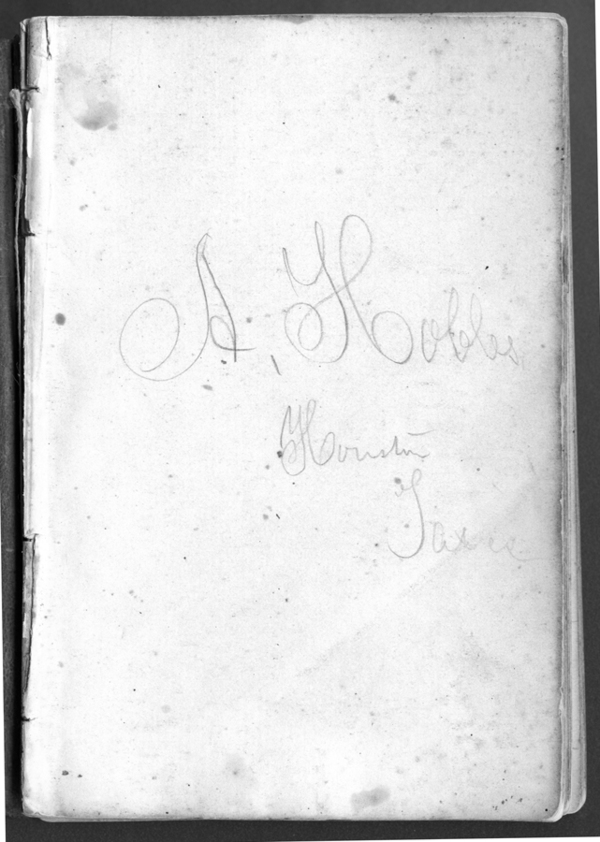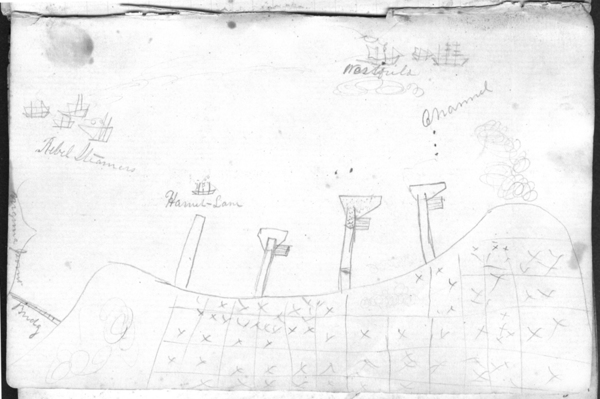| << Chapter < Page | Chapter >> Page > |
The American Civil War generated countless writings from contemporary participants both in the North and South. The conflict witnessed an unprecedented outpouring of private diaries and letters written by soldiers in the field and families and friends on the home front. And, hundreds of post-war memoirs captured the contested recollections and memories of the nation’s central crisis. Historians have long utilized these collective accounts as essential elements to craft an historical narrative of the “late unpleasantness.” Scholars, thus, have chronicled the course and conduct of the war through the actual voices spoken between 1861 and 1865. These contemporary writings, however, transcend substantive context and underscore the emotion and comprehension of peoples as they endured the chaos, upheaval, and stress of modern war. This module explores the uses and utility of one of these primary accounts: the
diary of Alexander Hobbs , which is housed at Rice University's Woodson Research Center in Houston, Texas. Scholars and teachers alike can find much value in this revealing, yet relatively brief journal. Hobbs, a private in the 42nd Massachusetts Infantry Regiment, reflected on his role as a northern soldier, his first and only journey to the Deep South, the distinct wartime culture of the Texas and Louisiana Gulf Coasts, the immorality of slavery, death, the battle of Galveston in January 1863, and life as a prisoner of war.
Page one of the hobbs diary

At first glance, the Hobbs diary appears somewhat different from “traditional” first-hand accounts of the Civil War. The reader will not find any reference to Robert E. Lee, Ulysses S. Grant, Gettysburg, or the grand military campaigns in Virginia. Hobbs was assigned far from these famous figures, and he instead chronicled lesser-known Civil War-era names: William Renshaw, the
U. S. S. Harriet Lane , and Carrollton, Louisiana. Thus, the diary, which covers Hobbs’s military service between November 1862 and August 1863, offers an unusually candid window into wartime life along the Gulf Coast, the primary locale in which Hobbs served. His unit was raised in 1862 near Boston, stopped briefly in New York City on its southern journey, and skirted the coast at Key West, Florida, and Ship Island, Mississippi. Hobbs and the 42
nd Massachusetts then spent several days in New Orleans, a substantial prize of war captured by the Union several months prior to Hobbs’s arrival. In late December 1862, half of Hobbs’s unit was assigned to Texas, where, on January 1, 1863, they fought in the battle of Galveston. Hobbs and his comrades were captured and transferred to Houston where they spent the next two months as prisoners of war. In February 1863, Hobbs was paroled and embarked on a journey from Texas to Louisiana over land and water to rejoin the other half of his regiment at New Orleans. Finally, in the summer of 1863, those in the 42
nd Massachusetts (including Hobbs) who had survived the diseases garnered by the swampy marsh lands of the Texas and Louisiana coasts were sent back to Boston where their unit was officially disbanded.
Hobbs's hand-drawn picture of the battle of galveston


Notification Switch
Would you like to follow the 'Slavery in the americas' conversation and receive update notifications?